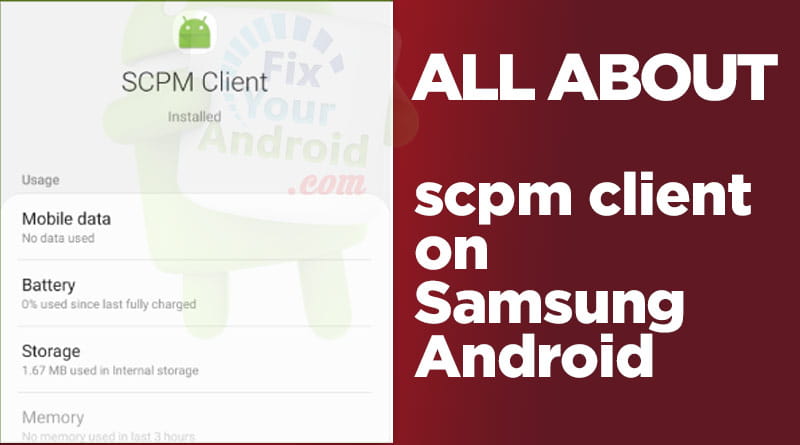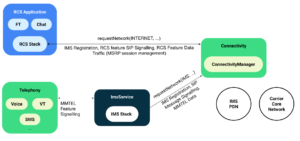Traditional approaches to supply chain management
For years, managing the supply chain meant relying on a combination of intuition, experience and relatively rudimentary software tools. Traditional methods have been about maintaining stock levels, ensuring timely delivery and reducing costs. These strategies, based on historical trends and manual processes, often lack the flexibility and real-time analysis needed in today’s fast-paced marketplace
The SCPM client wakes up
Enter the SCPM (Supply Chain Performance Management) Client session. This modern approach uses advanced technology to streamline operations, improve accuracy and improve decision-making throughout the supply chain. SCPM Client combines powerful data analytics, AI, machine learning and algorithms to provide a comprehensive view of supply chain metrics in real time.
What is SCPM Client?
SCPM Client is not just a tool but a transformational platform that gives businesses the flexibility to quickly adapt to market changes. It is moving beyond a traditional supply chain management approach to a management approach that anticipates issues before problems arise.
SCPM Client represents a significant leap forward in supply chain management. By replacing outdated methods with a powerful, data-driven approach, SCPM Client is revolutionizing the supply chain performance for businesses of all sizes.
Its introduction signals a new era in supply chain operations, where data becomes the linchpin of strategic decisions, and businesses gain unprecedented visibility and control over their entire supply network. Welcome to the future of supply chain management, powered by SCPM Client.
Understanding Traditional Methods
Overview of Traditional Supply Chain Methods
The traditional method of managing supply chains primarily involves manual processes and hands-on management. This conventional approach typically includes:
- Demand Forecasting: Prediction of customer demand, often based on historical data and trends.
- Inventory Management: Physical tracking and auditing of goods, often involving spreadsheets or basic computer systems.
- Order Management: Manual recording and tracking of customer orders, often leading to human errors.
- Logistics Planning: Coordinating the movement of goods, which can be challenging due to variable factors like delivery routes, vehicle availability, and external disruptions.
The tools and metrics commonly used in these traditional methods include spreadsheets, basic software systems, and Key Performance Indicators (KPIs) like lead times, fill rates, and inventory turnover.
Challenges to traditional methods
While these techniques have been around for decades, they come with a number of challenges and limitations that affect supply chain performance:
- Lack of real-time visibility: Traditional methods often lack real-time analysis, delaying problem identification and remediation.
- Poorly integrated data: Data from different providers are often disconnected, preventing comprehensive analysis.
- Inefficiencies and errors: Manual tasks are not only time-consuming but also prone to human error.
- Lack of scalability: As the business grows, traditional methods can become skewed, leading to inefficiencies and increased costs.
These challenges often result in decreased productivity, increased costs, and a significantly reduced ability to react quickly to market changes or disruptions and the need for advanced, integrated, real-time is where SCPM Customers step into the picture.
Introduction to SCPM Client
Understanding the SCPM Client
Supply Chain Performance Management (SCPM) is an innovative approach that aims to improve supply chain efficiency and effectiveness through real-time monitoring, analytics, and optimization SCPM focuses on information will be integrated and analyzed across the supply chain to provide a strategy.
What is SCPM Client?
SCPM Client is a state-of-the-art platform designed to help businesses harness the power of SCPM. It offers a range of tools that enable companies to automate the collection, analysis and processing of supply chain data. Through its implementation, companies can transition from a traditional strategic approach to a more dynamic system of supply chain management.
SCPM Client features and benefits
The SCPM Client comes packed with features that directly address the shortcomings of traditional delivery methods:
- Real-time data analysis:
○ Monitor supply chain performance in real time.
○ Think about problems and deal with them quickly as they arise.
- Integration:
○ Easily integrates data from different sources.
○ Provides an integrated view of the supply chain.
- Resources:
○ Reduces manual processes through automation.
○ Reduces human error and improves efficiency.
- Flexibility:
○ Easily adapted to grow with businesses.
○ Manages high data volumes and complexity without sacrificing performance.
To overcome traditional challenges
- Real-time visibility: The ability to monitor supply chain activities in real time dramatically reduces the response time to potential problems.
- Integrated data analysis: SCPM Client with full integration provides deeper insights, and improves decision making.
- Efficiency and accuracy: Automation dramatically reduces the time and errors associated with manual processes.
- Future-proofing supply chain: The scalable nature of the SCPM client means businesses can grow their supply chain infrastructure without worrying about backlogs.
Essentially, SCPM clients use technology to improve supply chain performance beyond what traditional methods can do, making it an indispensable tool for today’s businesses looking to remain competitive.
SCPM Client vs Traditional Methods: A Comparative Analysis
Performance Management
In the traditional supply chain management approach, performance management often lacks agility due to manual processes and fragmented systems. SCPM Client, on the other hand, offers real-time analytics which facilitate agile decision making.
Numerous case studies and data sets testify to the efficiency of SCPM Client. For instance, businesses using SCPM Client have reported a marked decrease in supply disruption incidents, thanks to the system’s proactive issue identification capabilities.
Efficiency and Cost-Effectiveness
Manual processes involved in traditional methods are not just time-consuming but also prone to human error, often resulting in high operational costs. With automated processes, SCPM Client reduces the likelihood of errors, thereby saving both time and money.
In terms of Return on Investment (ROI), the initial investment in SCPM Client yields long-term benefits through data-driven decision making, process automation, and increased operational efficiency, leading to more productive use of resources.
Advancement in Technology
SCPM Client represents an embodiment of technological innovation in supply chain management. Its use of advanced algorithms, machine learning, and integration capabilities provides capabilities far exceeding those of traditional methods.
When it comes to scalability and adaptability, SCPM Client trumps traditional approaches. As businesses expand, SCPM Client is designed to effortlessly handle an increase in data volume and complexity, ensuring businesses can grow without worrying about their supply chain performance.
conclusion
In conclusion, the SCPM client trumps traditional approaches in many ways – from performance management to cost savings, efficiency to technical flexibility. This tool marks a revolution in the supply chain industry by unleashing the power of technology to eliminate traditional errors.
Companies aiming to stay ahead of the game in an increasingly competitive market should seriously consider taking on SCPM clients. It provides not only an efficient supply chain management strategy but also a strategic approach to improve overall efficiency.








More Stories
5 Signs Your Android’s IMS Service Needs Attention (And How to Fix It!)
Is Device Health Services Spying on You? The Truth Revealed!
What is AppHub Requests Are Processing on Android? Swift Solutions to Fix It Now